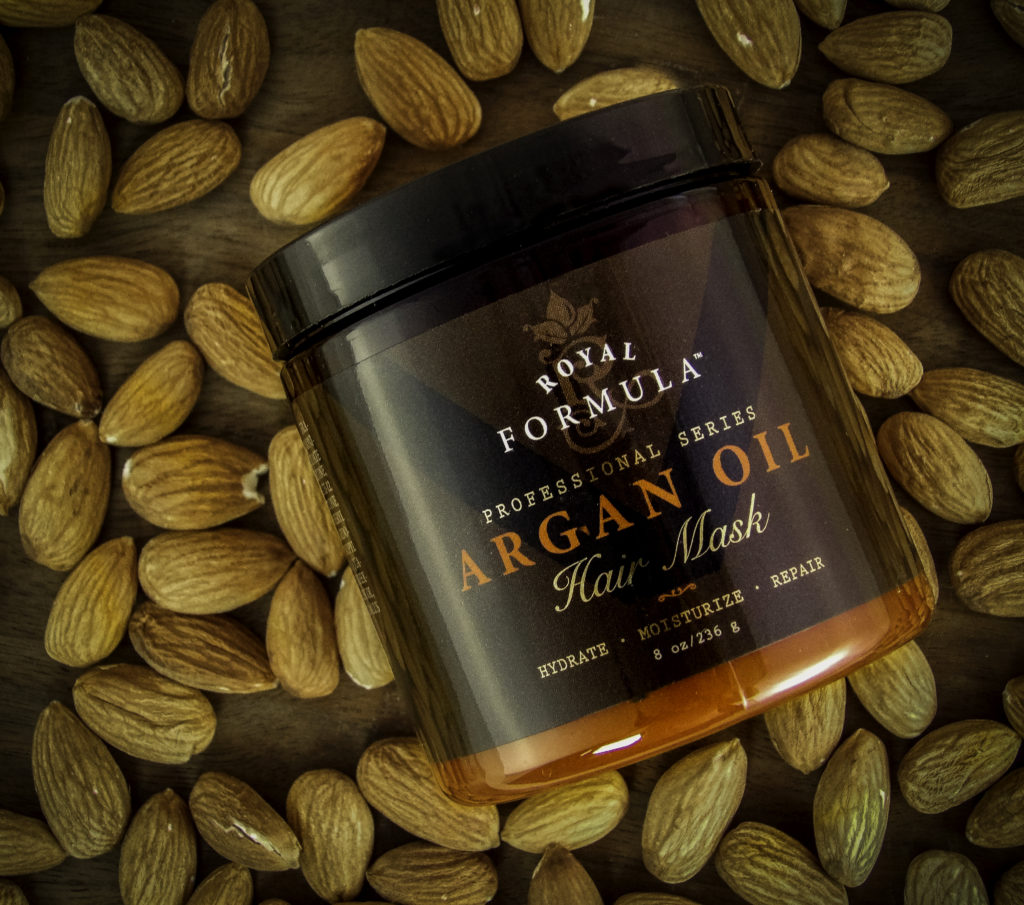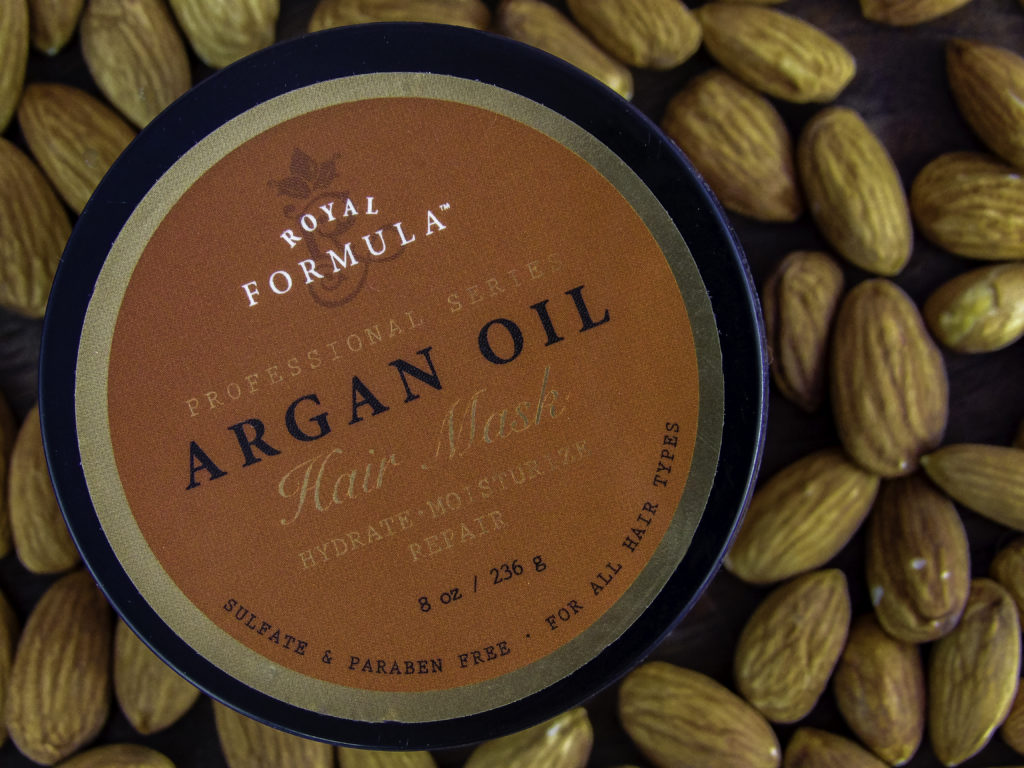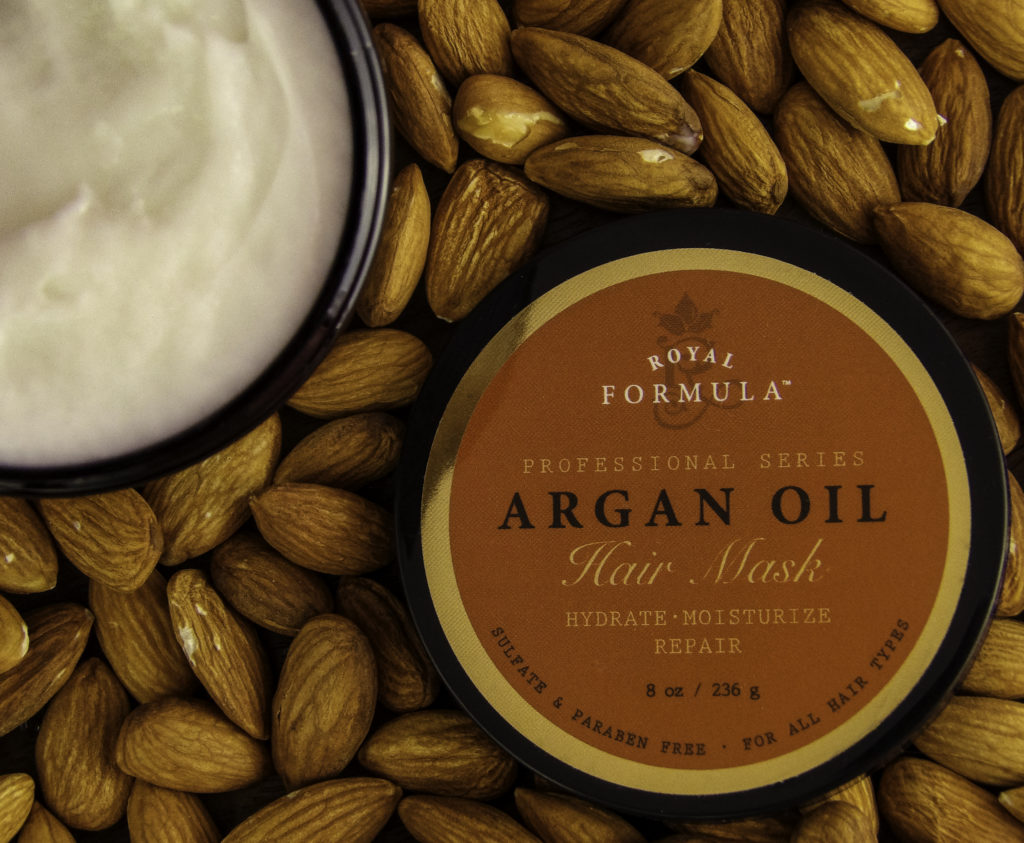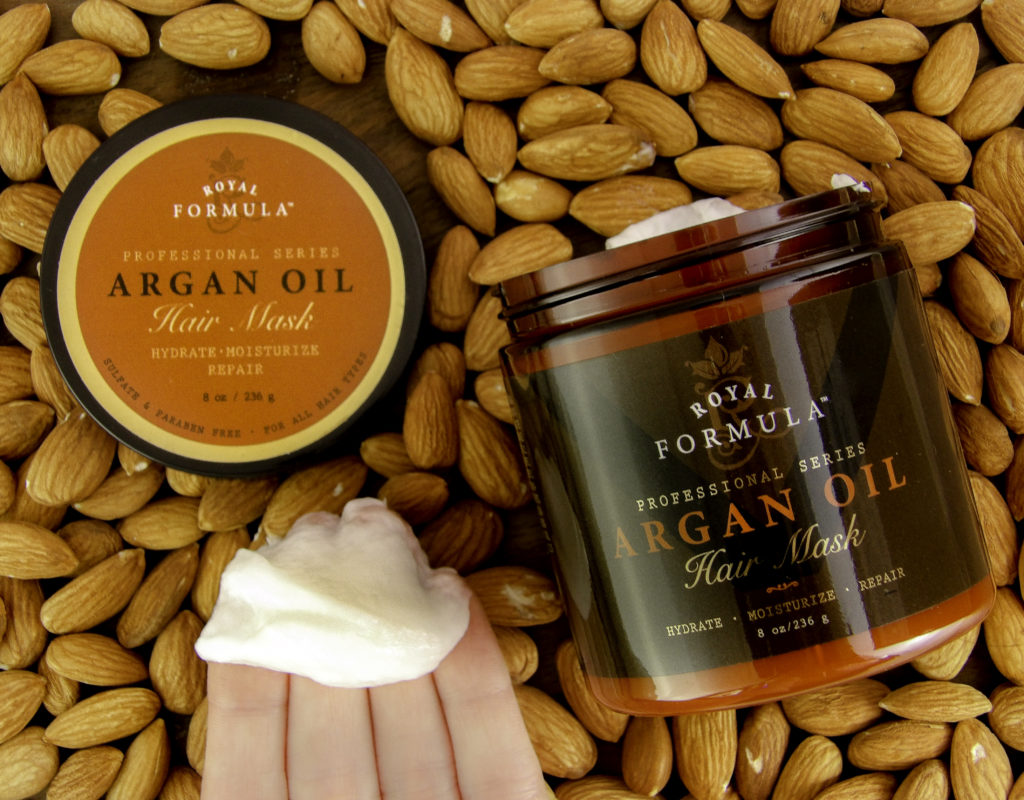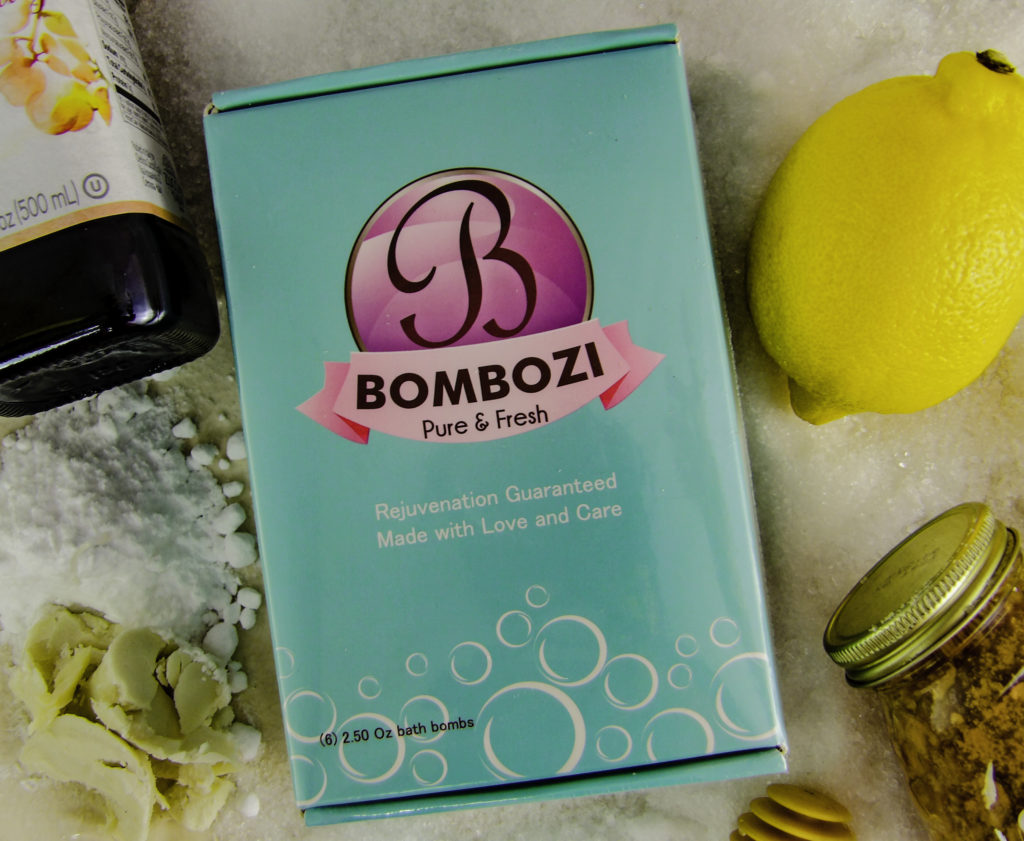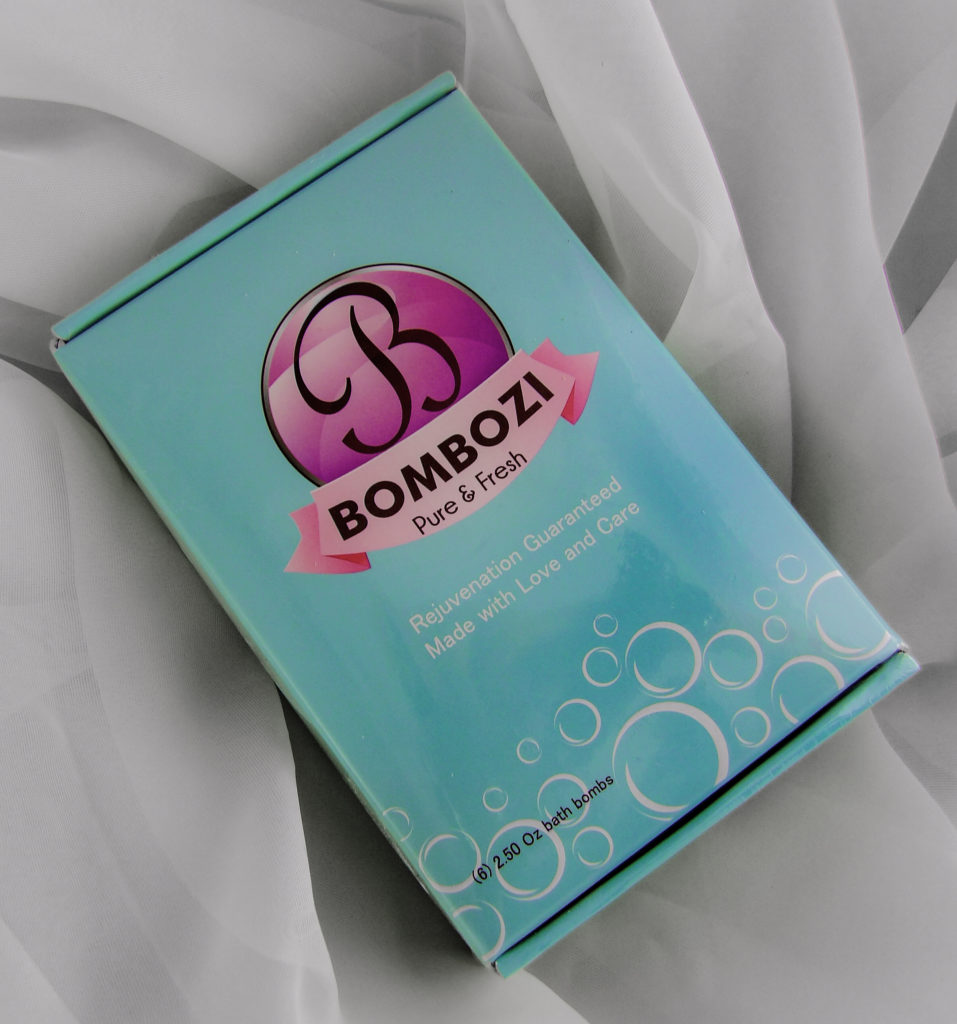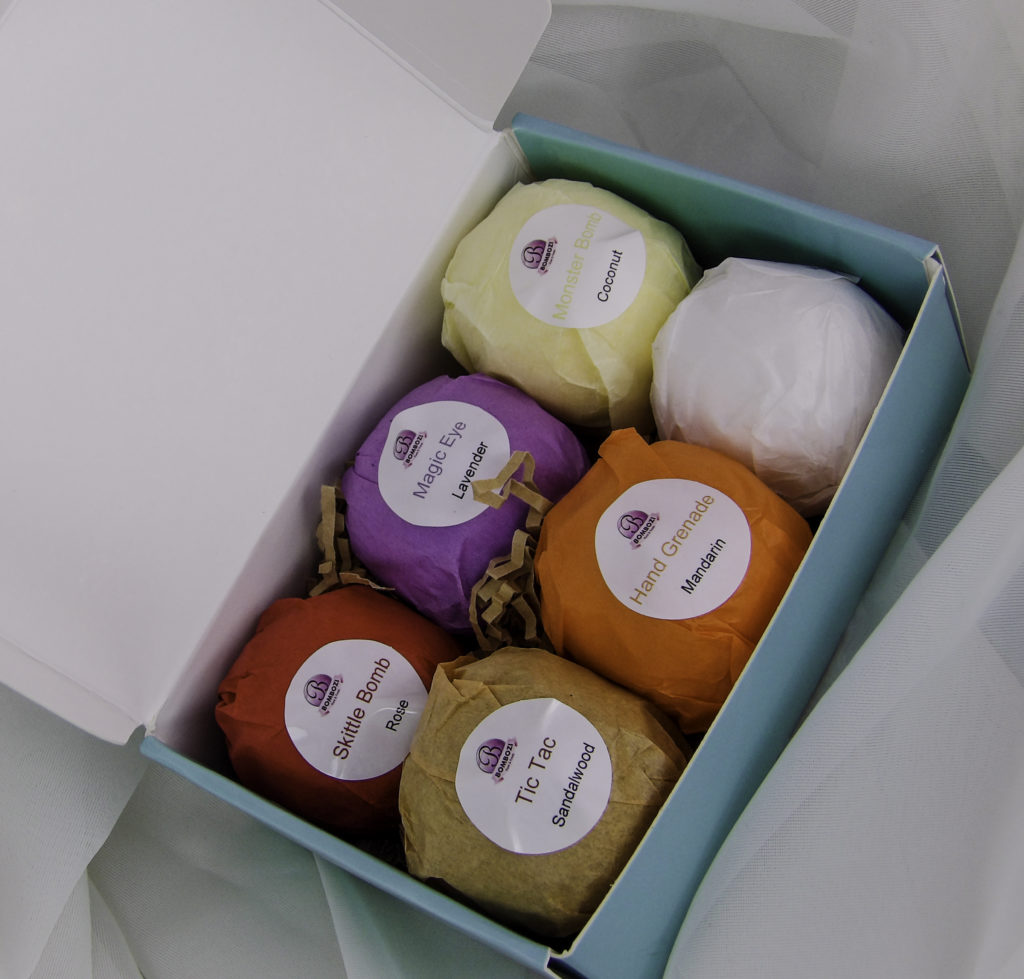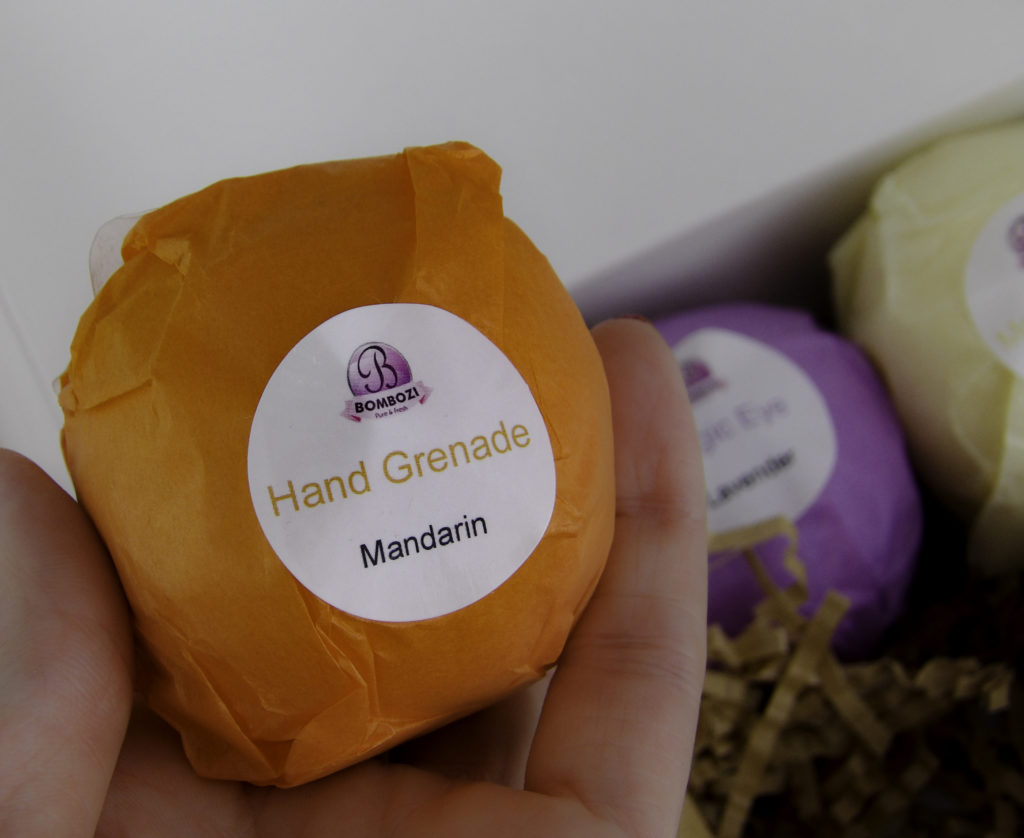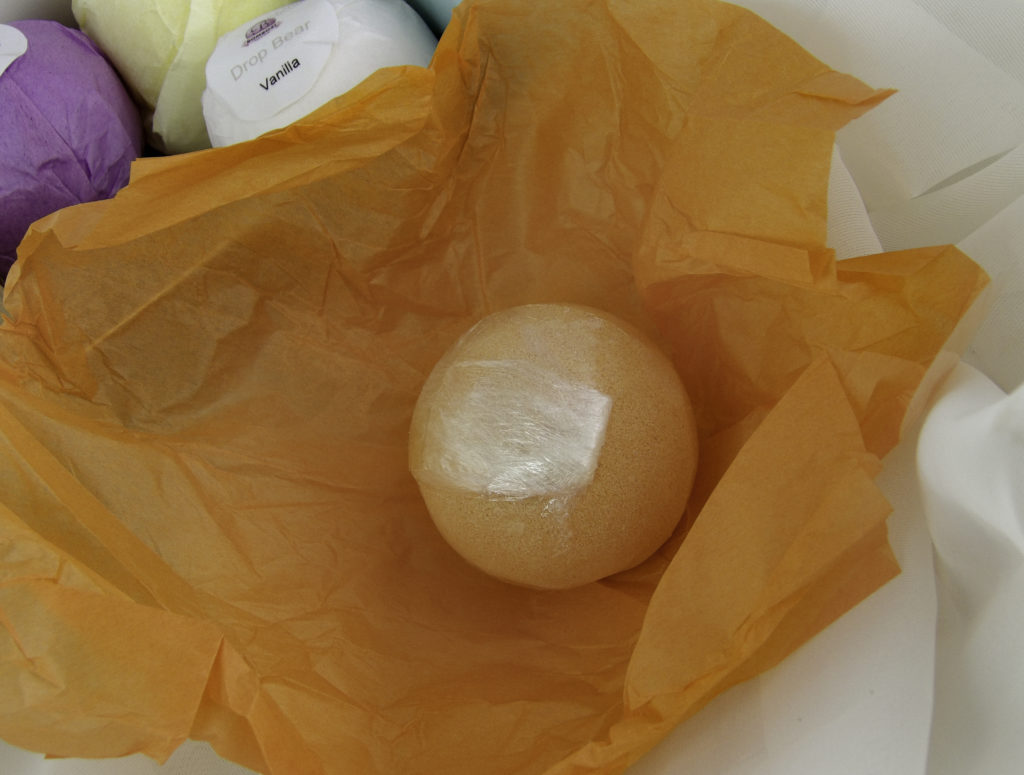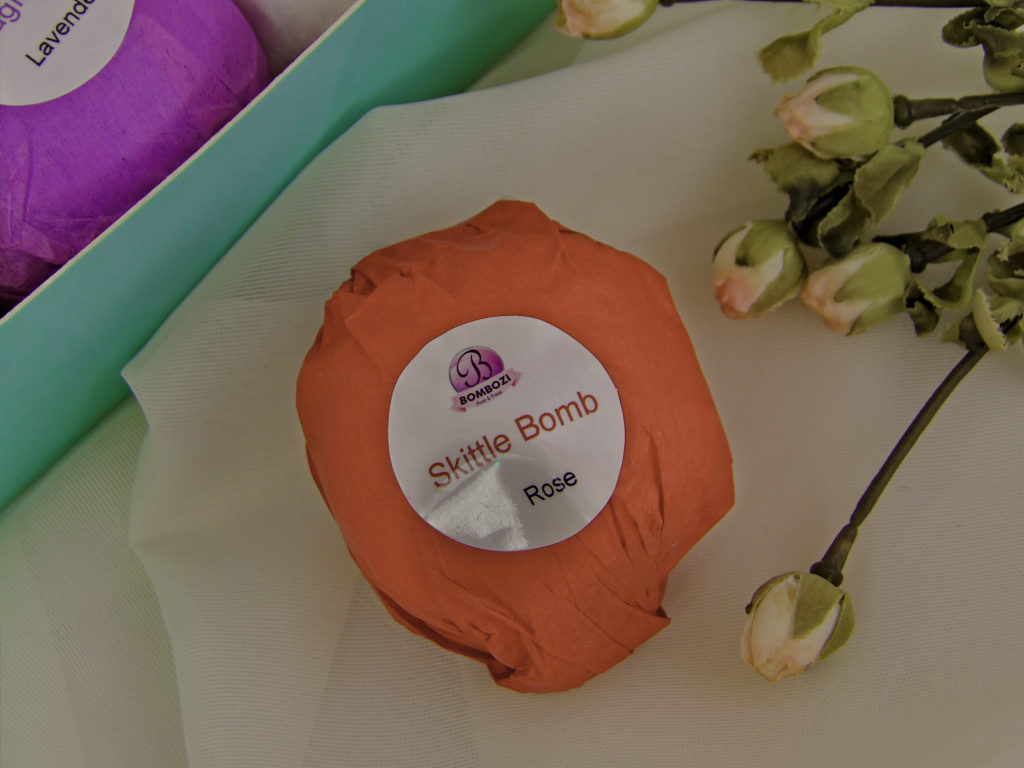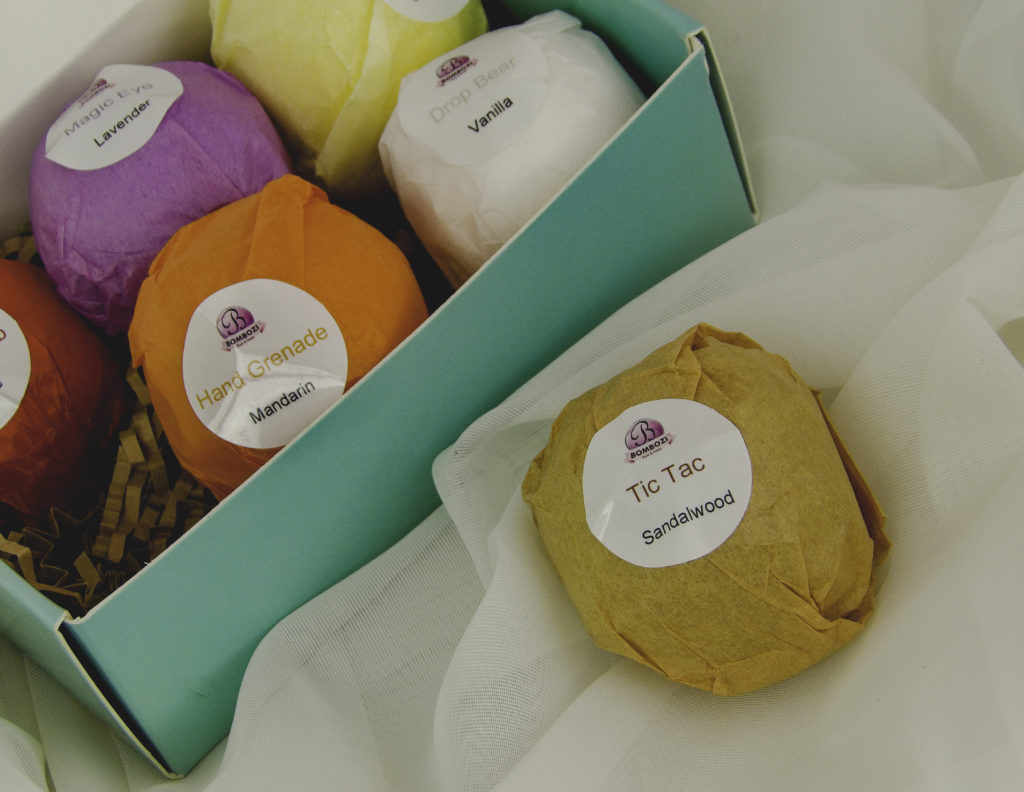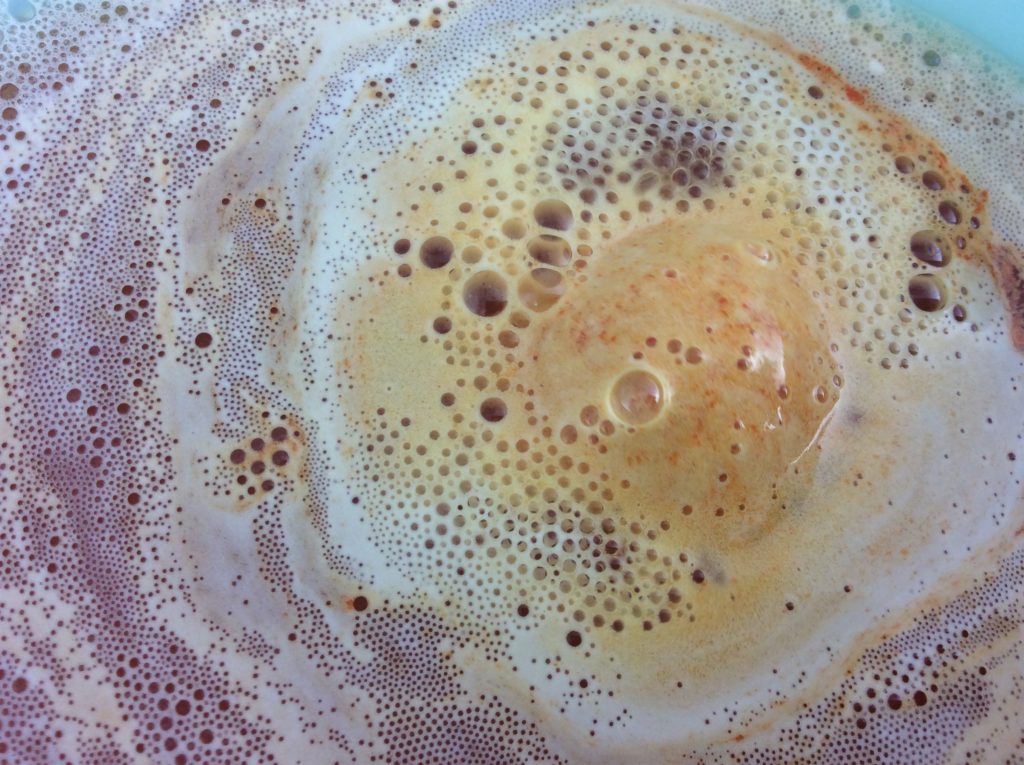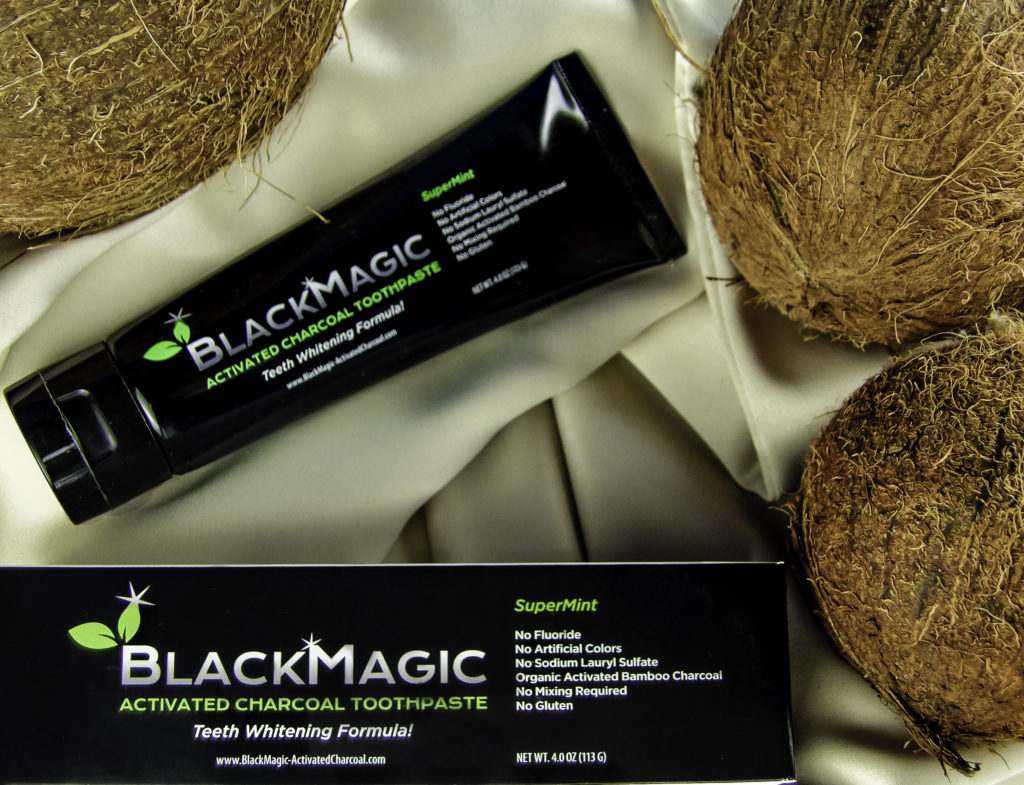We love beach waves, but hate how most beach wave products dry out our hair! That’s why we love Pure Glam Beauty Waves Sea Spray.
Pure Glam Beauty Waves Sea Spray is made with natural ingredients that actually nourish your hair instead of drying it out. Instead of using drying sea salt, Pure Glam Beauty Waves Sea Spray uses red algae extract from the North Atlantic Sea, which conditions and nourishes your hair, all while giving you that cool California girl look.
To get curls and waves without crunch, use on wet hair. Use it at night on freshly washed hair, and wake up to amazing waves.
To revitalize waves during the day, use it on dry hair.
If you are looking for an effective, natural, cruelty-free, Vegan, Gluten-free beach spray product, check out Pure Glam Beauty Waves Sea Spray!
Find Pure Glam Beauty Waves Sea Spray at http://www.OrganicBeautyNow.com.
Watch: https://www.youtube.com/watch?v=QujxvaErM1w
Style Chicks received Pure Glam Waves Sea Spray in exchange for our unbiased review and received compensation as Brand Ambassadors. However, our experience with the product and the opinions expressed in this review are 100% ours.
